A number of for sale properties across Tayside and Fife are being returned to the market with sales having fallen through.
Earlier this month, the Bank of England increased the base rate of interest to 3% – its biggest rise in more than three decades.
But what does this mean for the Tayside and Fife property market?
We asked a group of local property experts for their views.
The Bank of England rate increase has meant some buyers have had to withdraw from their property purchase as mortgage deals became too expensive.
On Tayside Solicitors Property Centre‘s (TSPC) website, some properties are now appearing with a “remarketed” banner.
Manager Lynne Hill says TSPC has adjusted its practice to make sure these properties are given the prominence required.
She says: “It has always been the case that deals will fall through for one reason or another.
“In the current climate, there is more of a risk that deals which were done prior to the current situation evolving, might founder.
“We can confirm that of the properties that have re-appeared under the ‘remarketed’ banner, a significant number have once again gone under offer quickly.”
House prices set to decrease
According to Thorntons Property operations manager Yvonne O’Connor the rate rise was lower than anticipated.
She also says a very small proportion of buyers have missed out on purchases due to more expensive mortgages.
Meanwhile, Blackadders director of property services Martin Paterson says the interest rate could rise even further,
“Many experts have estimated this situation could result in a lowering of values for residential homes,” he says.
“I think property values will not crash, as some predict, but will start to attain a level closer to that of the home report.
“The amount of residential mortgage products appears to be shrinking but many experts still insist that there are plenty of mortgage products available.”
Fife Properties managing director Jim Parker believes the increased interest rates and inflation will not impact the housing market significantly.
He says: “We are still at extremely low interest rates in comparison to other periods with 17 out of 20 homeowners on long-term fixed rate deals at an average of 2.14%.
“Homebuyers have been stress tested at 6-7% mortgage rates since 2014, which will mean we will not see a significant number of houses being dumped on to the market.
“There are still over 5,000 mortgage products available starting from 2.95%, so the availability of credit is still there.”
From a seller’s to a buyer’s market
Gilson Gray partner Lindsay Darroch expects the current situation to worsen and turn into a buyer’s market.
“I anticipate a steep drop off in properties coming to market followed by forced sellers, those who need to sell for personal circumstances like change of job or divorce, coming to the fore,” he says.
“This will further cause the gap between the offers over price and achieved price to narrow. Expect more fixed prices.”
The housing market is traditionally slower towards Christmas, according to RSB Lindsays partner Chris Todd.
As demand across Tayside is still high, he sees house prices stabilising rather than dropping.
“Lenders are bringing fixed rate products back into play, albeit at higher rates of interest from the historically low levels they have been at over the past decade,” he says.
“Money is still available, which is a critical factor.
“While we did not experience some of the astronomical highs that there were in other areas, gone are the days when we will see offers significantly higher than the home report valuation.”
As opposed to the market crashes of 1988 and 2008, Mr Parker believes we are not facing a situation quite that serious.
Despite high inflation, he believes Fife property prices will shift downwards to 4%-6% less over the next two years, subject to nothing seismic happening in the world.
This will bring prices back to levels similar to the summer of 2021.
Good times will return
Mr Paterson believes that while demand for property might slightly reduce, the marketplace always has room for quality homes in Dundee, Fife, Perthshire and Angus.
It is also important to remember that many buyers are also sellers.
Mr Todd says: “What’s important in all of this is that we do not lose sight of the big picture and how the overall finances of a house move stack up.
“While it’s more expensive to borrow, you may not be paying as much for your next home.
“So, while people may not be saving money, I don’t see them losing either. The costs are just balanced in a different way.”
At Gilson Gray, Mr Darroch has also noticed an increase in chain purchases and says sales are holding up better than expected.
Despite potentially entering a dip now, he believes the market will turn positive again.
“Dundee is still at the forefront of investors and developers minds and will be well positioned when the economy turns positive again in around 18 to 24 months,” says Mr Darroch.
“I predict a very positive market from spring 2024.”
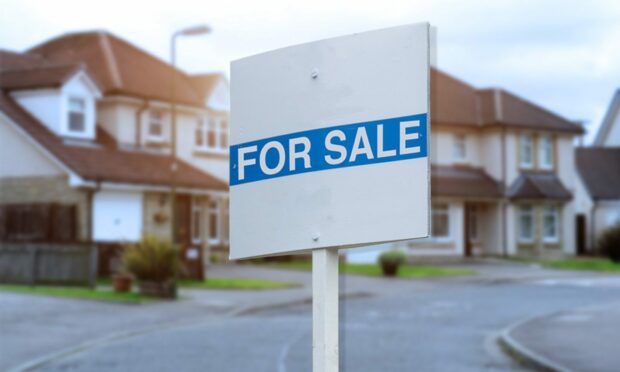
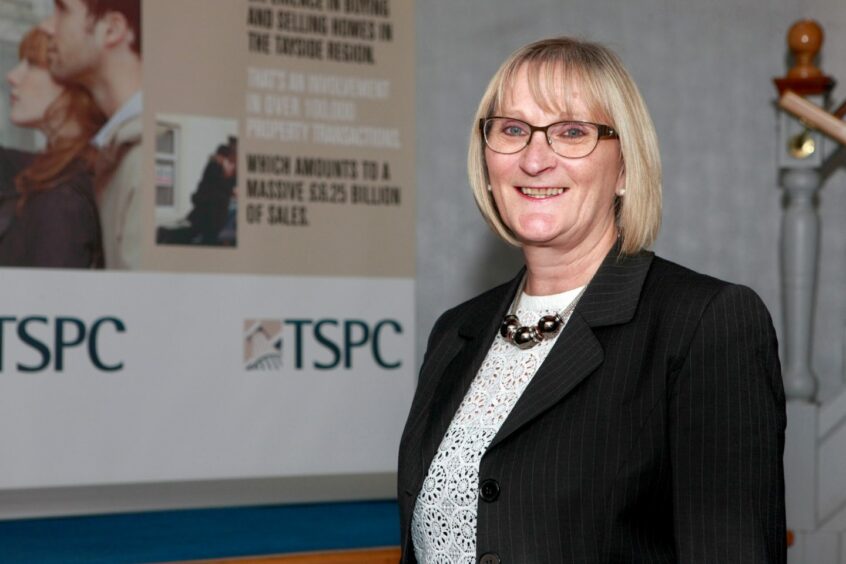
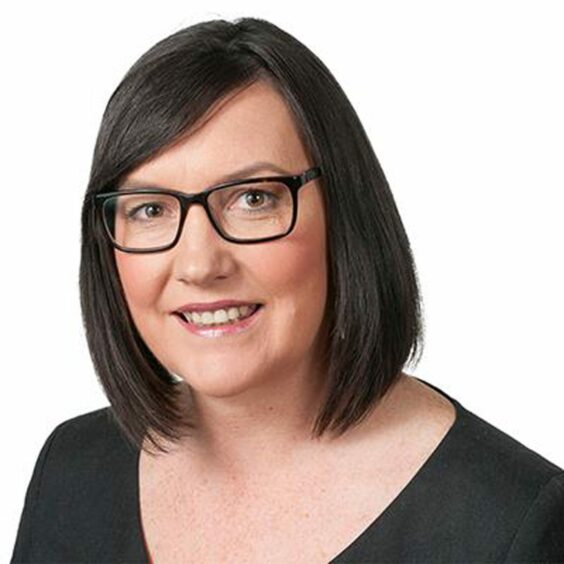
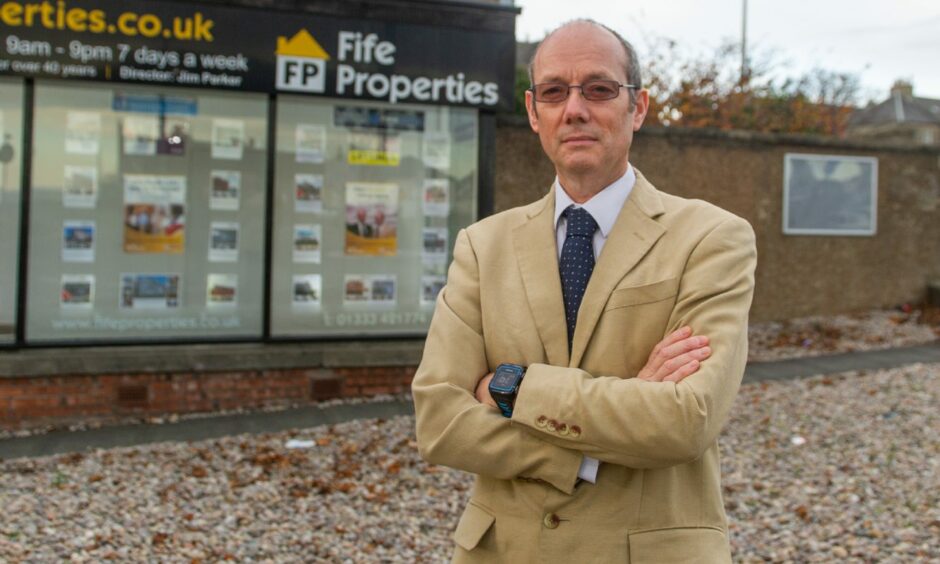
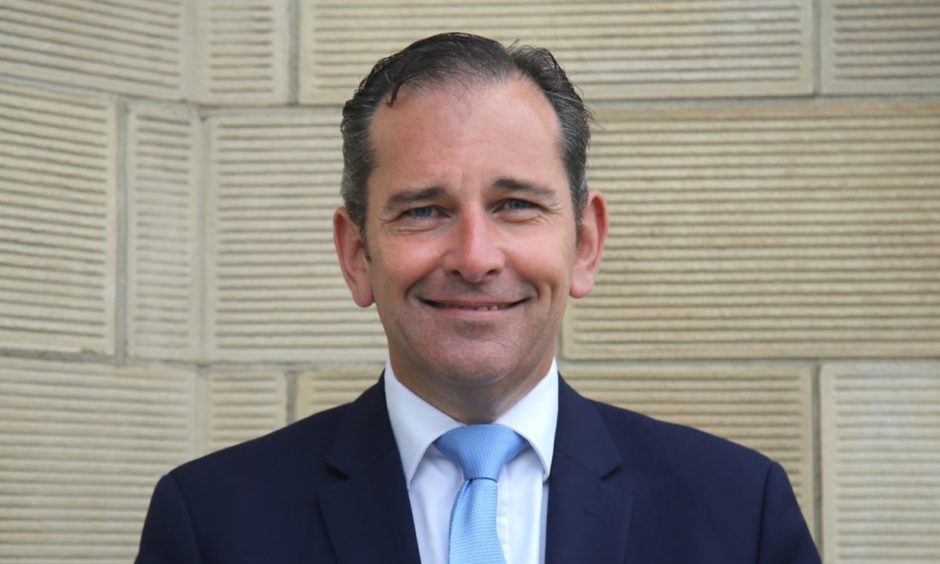
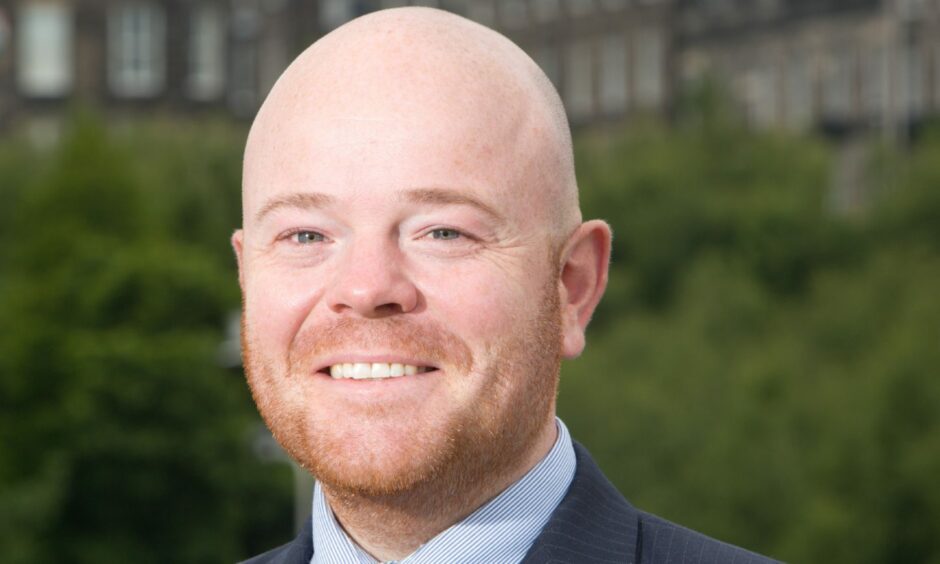
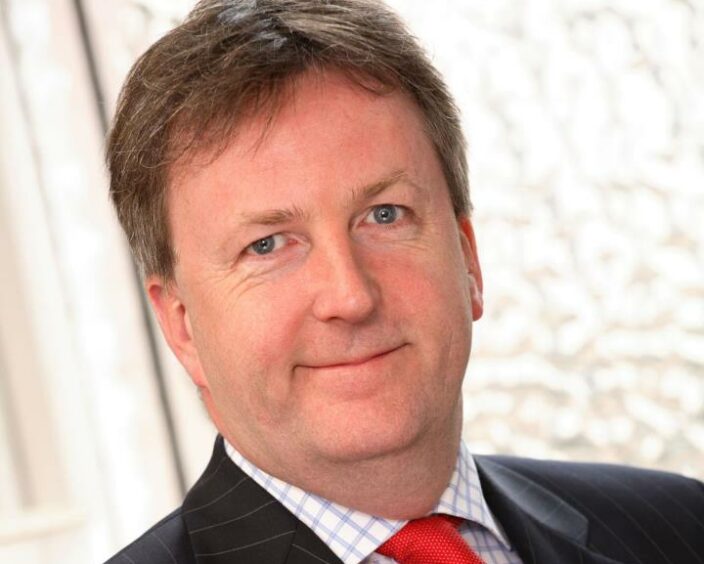


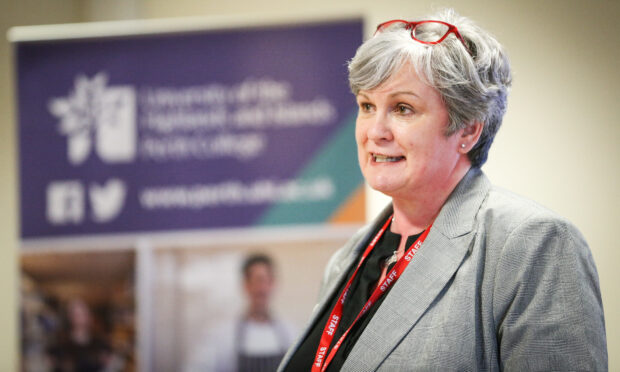


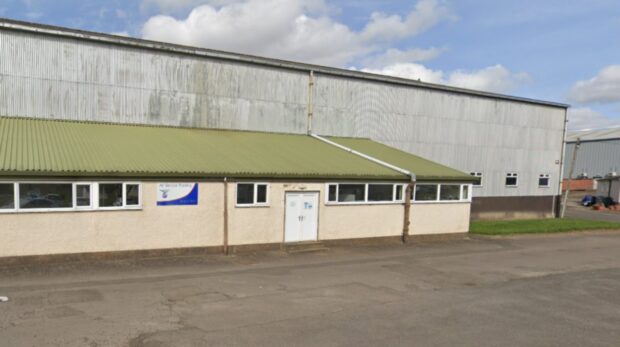
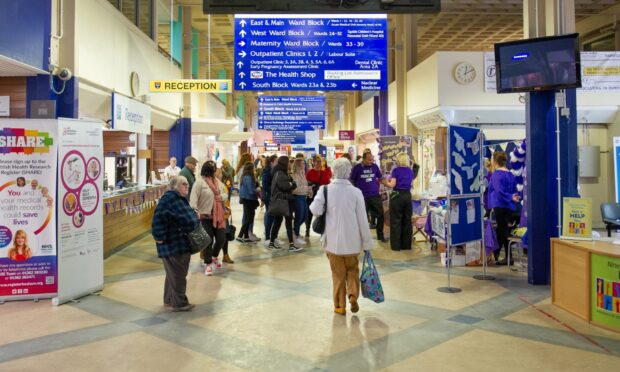
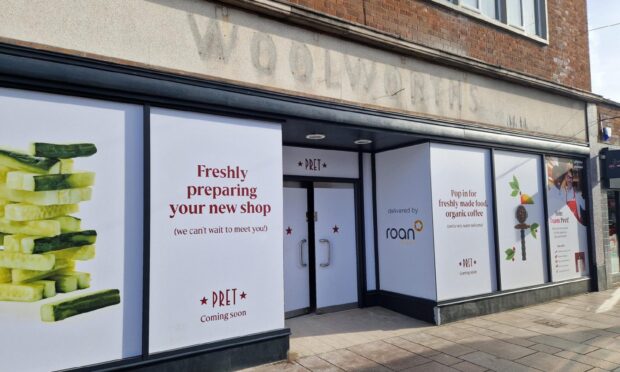
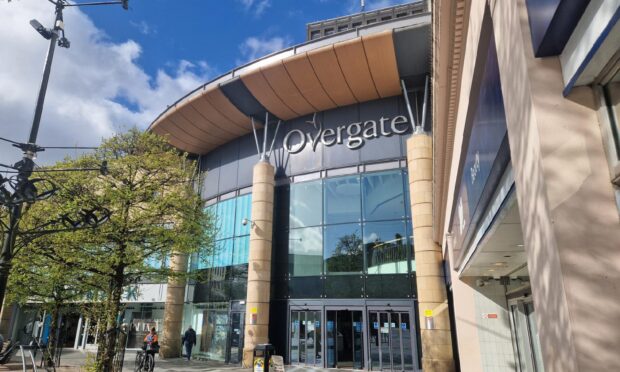
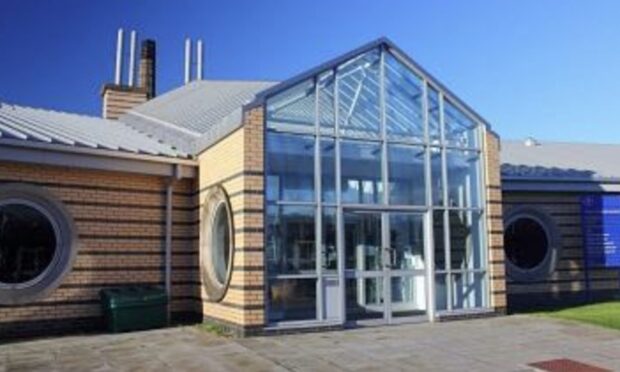
Conversation